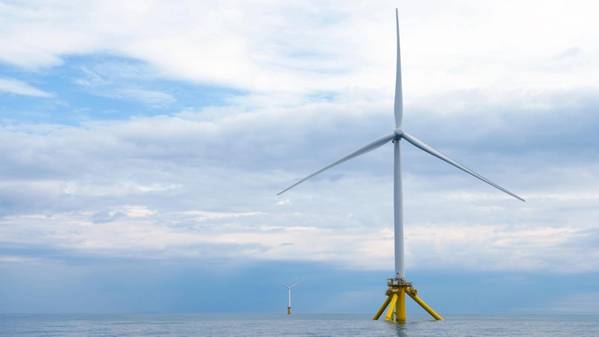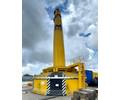
Three new floating offshore wind projects have signed contracts with Norway's test facility METCentre to trial new technologies aimed at reducing costs of floating offshore wind.
The companies that have signed with METCentre will demonstrate floaters with 15 + MW turbines.
This is the turbine size that will be relevant for future floating offshore wind farms. The test area is located just a few kilometers away from the Utsira Nord area, off the west coast of Norway, where the country’s first commercial floating offshore wind farm will be located.
Late in 2023, METCentre received approval to expand its test area with up to four new test sites.
The world's first floating offshore wind turbine is already located at the site, and in 2021 it was joined by the Stiesdal-developed TetraSpar.
In total, there is space for seven turbines at the site, which can together produce up to 85 MW.
“This is very good news for innovation in floating offshore wind. The technologies now being planned at METCentre will be crucial when we get started with Utsira Nord.
“To ensure diversity in both the supply chain and technology, we believe it is crucial that these three projects all receive support so that they can be realized before the start of Utsira Nord. We must ensure that Norway maintains a leading position in floating offshore wind globally,” said Arvid Nesse, head of METCentre and the industry network Norwegian Offshore Wind.



